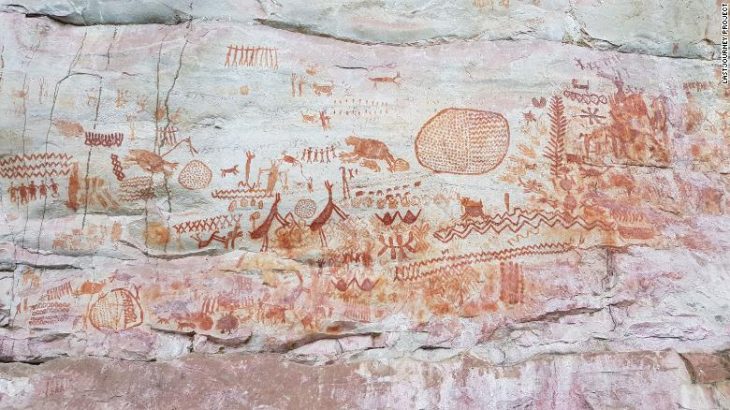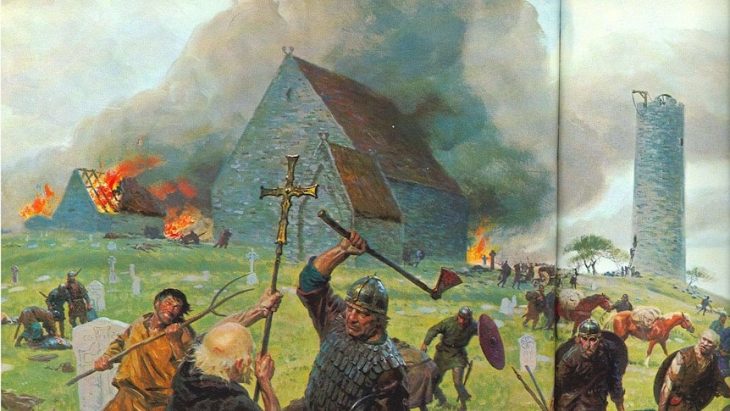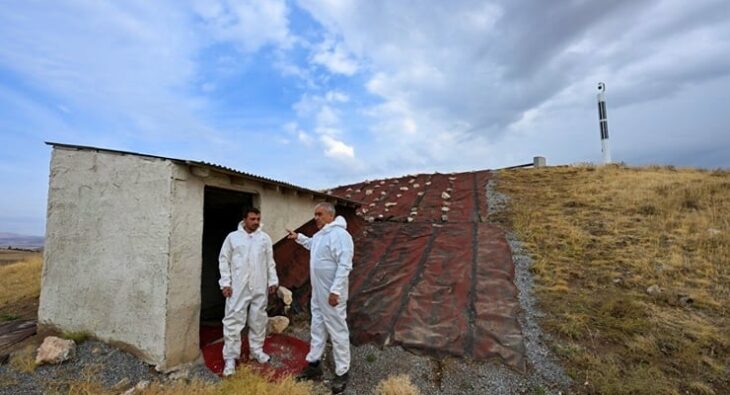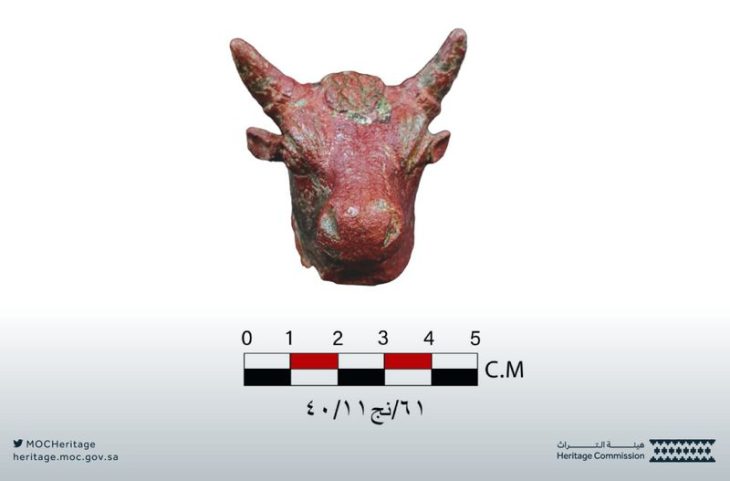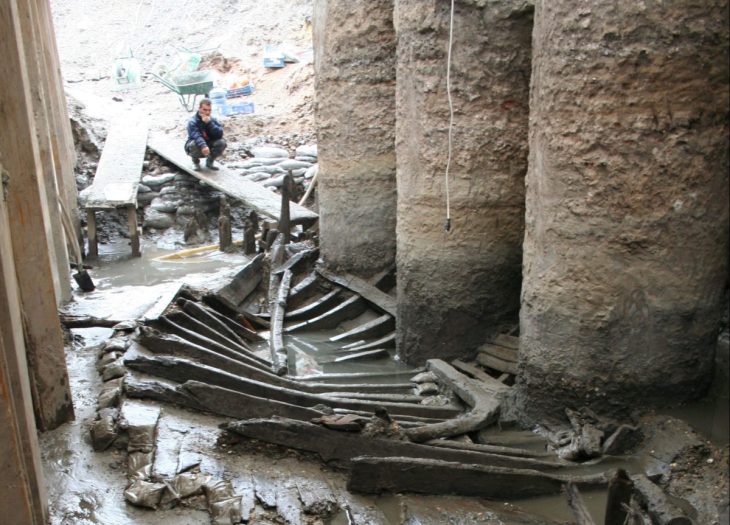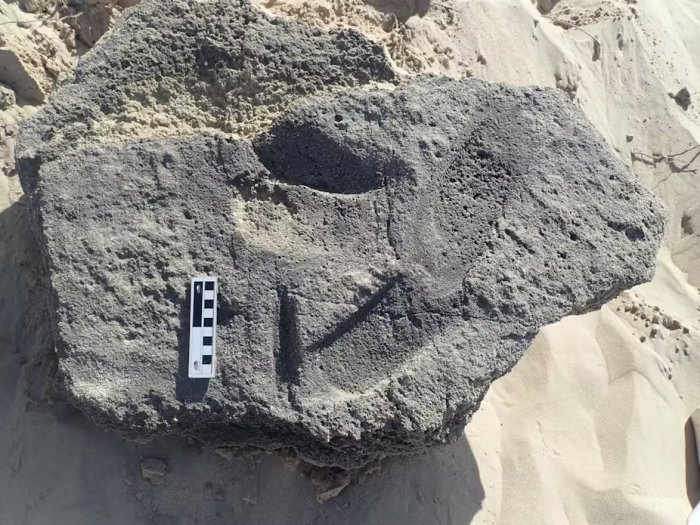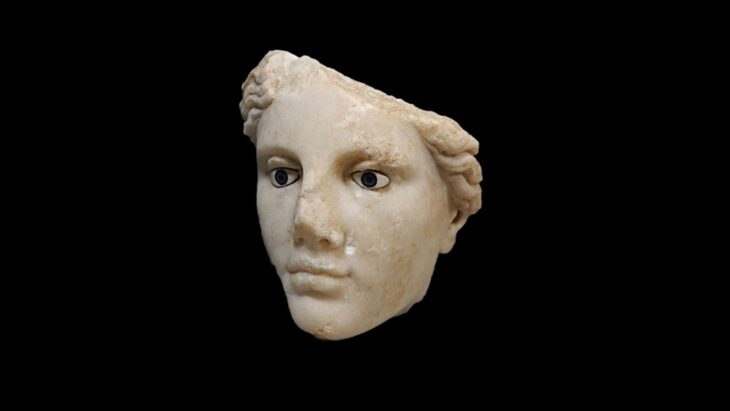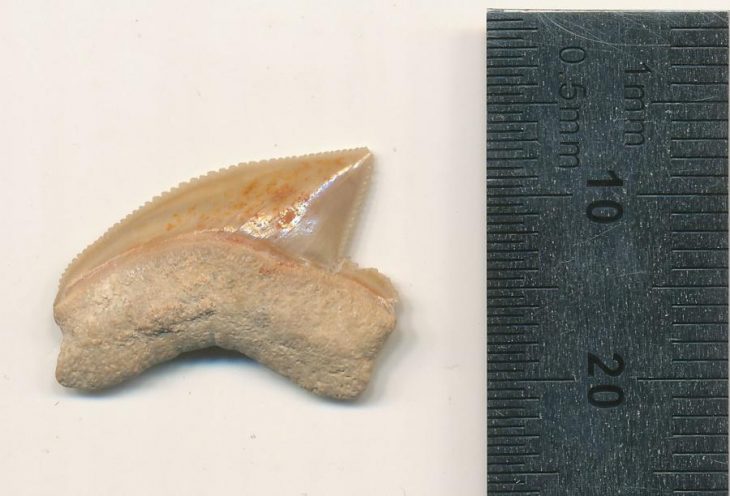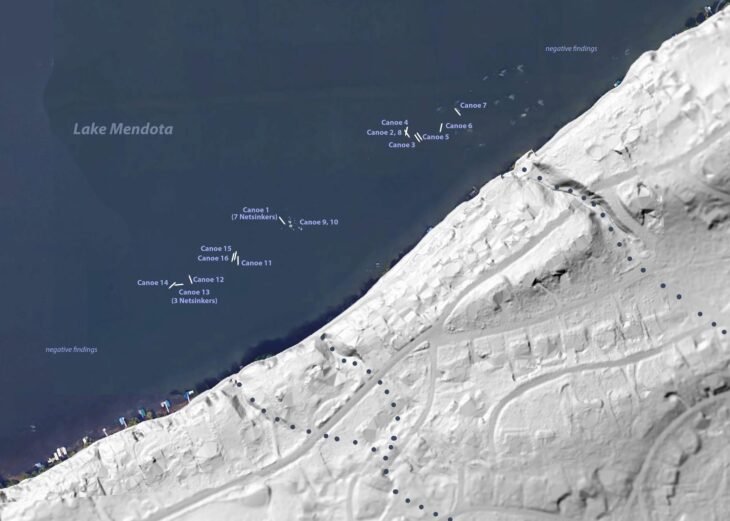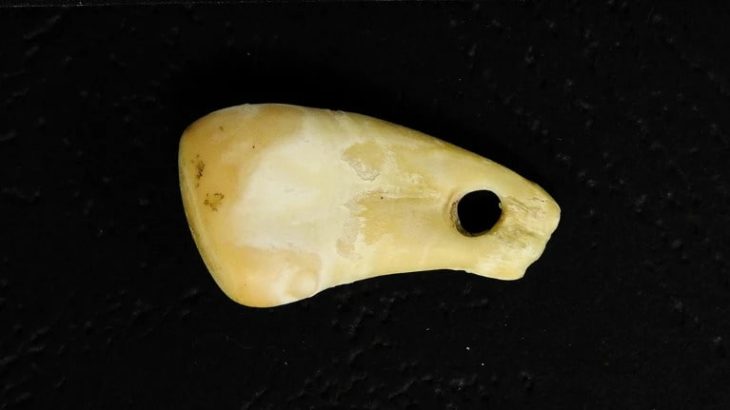During work in Lake Bolsena, a volcanic lake in central Italy, at the submerged archaeological site of Gran Carro, a 3,000-year-old terracotta female figure has been discovered. Remarkably, after 3000 years of submersion, the figure still bears the fingerprints of its maker.
This discovery was made as part of the National Recovery and Resilience Plan (NRRP), which includes the creation of an underwater path for visitors to explore the site in a unique way.
The unfinished clay figure of a woman, dating from between the 10th and 9th centuries BC, looks more like a first draft than a ready-made piece of art. However, the fact that the clay worker did not fully finish the figure does not prevent the discovery from being considered exceptional and unique, and from shedding light on little-known aspects of daily life in the early Iron Age in southern Etruria.
The statuette subtle feminine features, was made of poorly fired clay. A surprising detail is that it still bears the fingerprints of its creator, as well as the impression of a fabric pattern under the chest, implying that the figure was “dressed” in some sort of garment. Measuring six inches tall, the figurine was likely used in prayer rituals.
Researchers believe that the sculpture was likely a votive figure used in domestic rituals. This idea has been supported by researchers’ discovery of other examples of similar figurines from subsequent periods, pointing to a long-held tradition of votive figurine creation in the area.
📣 Our WhatsApp channel is now LIVE! Stay up-to-date with the latest news and updates, just click here to follow us on WhatsApp and never miss a thing!!
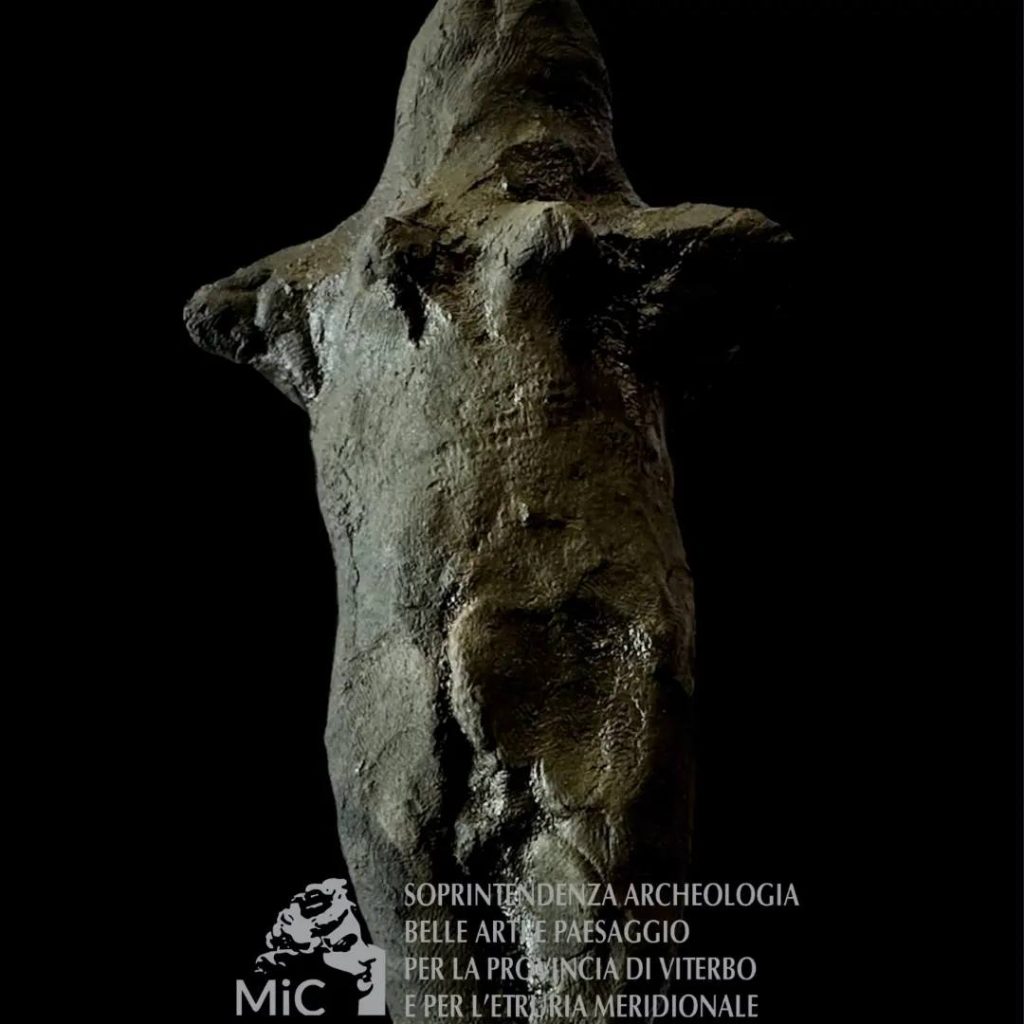
“This important archaeological context that is giving us aspects of daily life from the first Iron Age (late 10th-century B.C.E – early 9th-century B.C.E), [of which] still little is known in southern Etruria,” researchers said.
The underwater restorers of CSR Restauro Beni Culturali made the discovery, and then the staff of the Underwater Archaeology Service handled the recovery and initial conservation treatment. These experts’ painstaking work has been essential in keeping the piece in its original condition and enabling a thorough analysis of it.
The area’s rich history, which is still little known, has been enhanced by the discovery of thousands of Iron Age artifacts since the 1960s. The archaeological site of Gran Carro di Bolsena is famous for the Aiola complex, a partially explored monumental structure that archaeologists still don’t understand. This stony heap, devoid of any structural connectors, has an elliptical base and a truncated conical shape. Beneath its stony exterior is a heap of earth.
There have been recent suggestions that Aiola is not the only structure of its kind in the lake, as it is intimately associated with the presence of thermal springs that have temperatures between thirty and forty degrees Celsius.

The region’s rich Iron Age past was unknown to researchers until 1991 when they uncovered a group of buried stones that they now think are the remains of a sizable building that was erected close to a hot spring. 2020: When archaeologists examined the soil beneath these stones, they discovered early Iron Age ceramics and other artifacts.
During this period, the city of Aiola was home to a village that left behind thousands of artifacts, such as pottery, jewelry, and this goddess figurine. Although these artifacts have been discovered by researchers since the 1960s, it has only been recently that Aiola’s rich Iron Age past has been thoroughly investigated and studied.
The discovery of coins from the fourth-century CE Roman emperor Constantine the Great attests to the area’s continued habitation until the final days of the Roman Empire. The village was then submerged by seismic activity from the Vulsini volcano.
Soprintendenza Archeologia Belle Arti Paesaggio Etruria Meridionale
Cover Image: Soprintendenza Archeologia Belle Arti Paesaggio Etruria Meridionale/ Facebook


